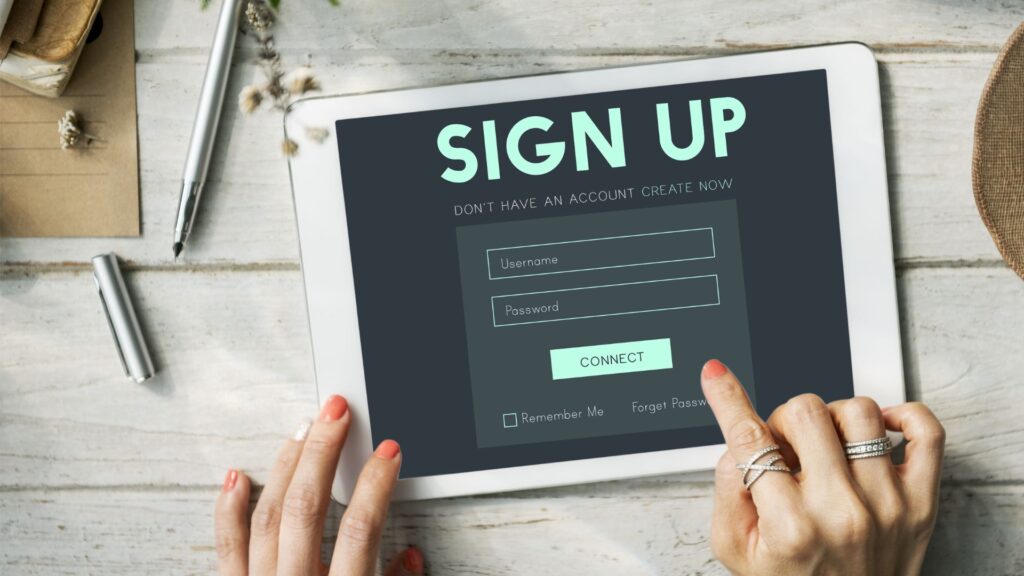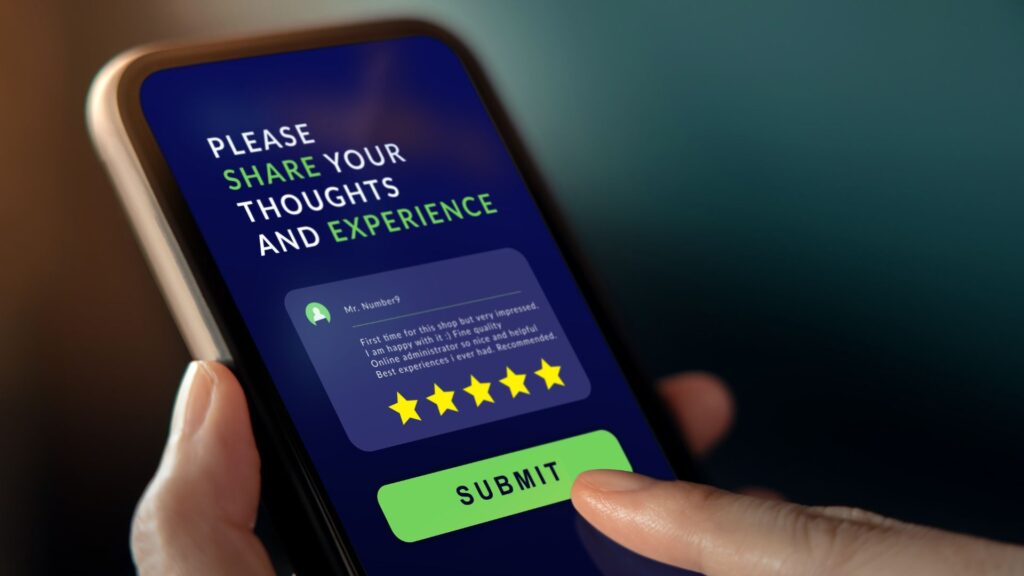
In the world of SaaS, retaining users is crucial for long-term success. However, it’s not uncommon for some individuals to stop using the service or product altogether, resulting in dormancy. Dormant users can represent a missed opportunity for growth, but with the right strategies, they can be revived and become active again. This article will discuss the process for identifying inactive users, along with how to create a user resurrection strategy for sustainable growth.
What is User Resurrection?

User resurrection, also referred to as user re-engagement, is a critical aspect of customer retention for SaaS companies and software products. Dormant users are individuals who have previously used a product or service but have stopped using it for an extended period. Engagement rates for the product may have decreased for various reasons, such as finding a better alternative, facing technical issues, or simply losing interest in the product. These individuals can be valuable for success because they have already demonstrated interest in the product and may be more likely to engage with it again. Re-engaging inactive SaaS users can also be less expensive than acquiring new customers since they are already familiar with the product or service.
Challenges and Opportunities With Customer Re-Engagement

Resurrecting users is not easy for SaaS teams, as it requires identifying and reaching out to those who have stopped using the product or service. Robust data analysis and segmentation capabilities are crucial in identifying these audiences accurately and tailoring re-engagement campaigns accordingly. Moreover, dormant users must have a compelling reason to return, such as new features, upgrades, personalized offers or incentives, or improved overall experiences. Offering value is key to bringing them back and keeping them engaged. Furthermore, re-engaging these populations can provide valuable insights into their behavior and preferences, which can inform product development and marketing strategies. These insights can help companies optimize their product offering to better meet the needs of their customers and ultimately drive growth and profitability.
How to Identify Dormant Users

Identifying dormant users is a key challenge for SaaS companies. However, there are essential steps and best practices that can help companies effectively identify them and create a re-engagement strategy. From tracking engagement metrics to creating segments, these best practices can be critical for reducing churn rates and improving customer satisfaction.
Step 1: Define Criteria for Dormancy
Businesses must have clear and well-defined criteria for what constitutes a dormant user, such as one who has not logged into the service in the last 30 days or one who has not used a specific feature in the last seven days. This criteria can vary depending on the specific product or service and the behavior patterns of its user base. Having clear criteria ensures these individuals are accurately identified, and that efforts to re-engage are targeted and effective.
Step 2: Collect and Analyze Engagement Data
Business leaders must have a deep understanding of their user base, including engagement rates and behaviors. One effective way to do this is by collecting and analyzing data, such as frequency of use and last session date. Monitoring these metrics can help flag individuals who have become inactive and prioritize them for re-engagement efforts. This data can also provide insights into usage patterns and help identify areas that need improvement.
Step 3: Define User Segments
Different audience segments may have different behaviors, motivations, and demographics, and therefore require different strategies to bring them back to active usage. By segmenting these populations, organizations can develop targeted messaging, campaigns, and offers that speak directly to each group’s unique needs and preferences. Segmentation can also help identify areas of the product that are most valuable to each group and inform product development and marketing strategies.
5 Tips for Creating a User Resurrection Strategy

Creating an effective resurrection strategy can be a key factor in reviving inactive audiences for SaaS products. In this section, we’ll explore three essential tips for developing a successful strategy that can help increase customer lifetime value, reduce churn rates, and improve overall engagement.
Tip #1: Utilize Personalized Messaging

Personalized messaging is one of the most effective tools to engage inactive audiences and bring them back to your platform. This can include email campaigns, in-app messages, or push notifications. By leveraging custom messaging, you can communicate in a way that resonates with each user’s unique needs and preferences. This shows that you are willing to go the extra mile to provide the best possible experience. It also helps you stand out from the competition, and can increase your chances of turning dormant customers back into loyal, active users.
To effectively utilize personalized messaging, it is important to understand your audience and their behavior on your platform, including insights into what motivates them and what challenges they may be facing. With this information, you can tailor your messages to each inactive SaaS user, offering solutions to their specific pain points and highlighting the features and benefits that are most relevant to them. These messages should also be delivered at the right time and through the right channels to maximize their impact.
Tip #2: Reach Users Through Multiple Channels

Creating a user resurrection strategy for your business involves using a variety of channels to reach audiences. Different audiences have different communication preferences, and using multiple channels allows you to tailor your approach to each, ultimately boosting conversion rates. By reaching out through different channels, you increase your chances of grabbing that demographic’s attention and getting them to take action.
Some of the channels you might consider include email, social media, in-app messaging, SMS, and direct mail. However, the key is not to focus on any specific channel, but rather to use them strategically based on the user’s behavior and preferences. For example, you might use email for those who have opted in to receive promotional messages, while using in-app messaging for those who are more active on your platform. Or, you might use SMS for urgent notifications or time-sensitive offers. Leveraging multiple channels allows businesses to create a cohesive strategy that engages audiences at various touchpoints in their journey with your business.
Tip #3: Don’t Overdo It

Business leaders should always be mindful of the user’s experience and not overdo it with their re-engagement strategy. While persistence is key to re-engaging inactive software users, too many notifications or emails can be overwhelming and may even lead to them unsubscribing or churning. That’s why it’s crucial to approach the strategy with care and respect for the user’s time and attention.
To avoid overwhelming your inactive SaaS audience with your re-engagement campaign, you might consider setting up a targeted campaign that gradually increases in intensity over time. For example, you might start with a gentle reminder email after a certain period of inactivity, followed by a personalized offer via in-app messaging a few days later. As the individual continues to be inactive, you might send more frequent and urgent notifications, but always with a clear value proposition and a focus on meeting the user’s needs. It’s also important to give them the ability to opt out or adjust their notification preferences, so they feel in control of their experience. By being strategic and respectful in your approach, you can create an effective strategy without being overbearing.
Tip #4: Create a Smooth Onboarding Experience for Re-Engaged Users

When reactivating users, it’s crucial to provide them with a positive onboarding experience that helps them understand the value of your service and how to use it effectively. Personalized onboarding, tutorials, and walkthroughs that are tailored to the user’s behavior and demographics can be effective ways to achieve this. This can include customizing tutorials and walkthroughs based on the user’s location, language, or interests, as well as providing recommendations for features that are relevant to their specific needs. For example, someone who has only used the service for a brief period may need a tutorial on how to navigate the platform, while someone who has been dormant for a longer period may require a walkthrough of new features and updates.
Additionally, incorporating gamification and social proof can be effective ways to optimize the onboarding experience for active users. Gamification involves incorporating game-like elements such as rewards, points, and leaderboards to encourage engagement and user retention. Your company can also provide incentives or discounts for reaching higher levels. Social proof involves leveraging testimonials and reviews to build trust and credibility. This can include featuring user-generated content or highlighting positive feedback on social media platforms, as well as incorporating customer success stories or case studies into the onboarding process.
Tip #5: Encourage Ongoing Engagement

After successfully re-engaging these users, it’s important to maintain their interest and loyalty by providing a seamless user experience and ongoing value. There are numerous effective strategies that can be employed, ranging from personalized content to feedback and loyalty programs. By employing a holistic approach you can create an experience that fosters long-term loyalty and drives growth. One way to encourage ongoing engagement is to provide relevant and personalized content that aligns with their interests and needs. This can include a mix of educational resources, product updates, and curated content that is tailored to the user’s behavior and preferences. Providing valuable content can keep audiences engaged and invested in your platform, while also building a sense of trust and credibility.
Another effective strategy for encouraging ongoing engagement is to provide opportunities for audiences to share their thoughts on your platform. This can include surveys, feedback forms, and other interactive features. By incorporating these critiques into your product development process, you can build a platform that meets the needs and preferences of your audience and encourage long-term engagement.
Start Resurrecting Dormant Users With Teknicks

In today’s competitive market, resurrecting users is crucial to maintaining customer loyalty and driving growth. However, developing and executing a successful strategy can be challenging, particularly for businesses that lack the in-house expertise or resources to do so effectively. With years of experience in developing and executing user resurrection strategies for a range of businesses, Teknicks can provide the guidance you need to build a compelling and effective user experience that drives sustainable growth and success. Book a free strategy meeting to learn more.